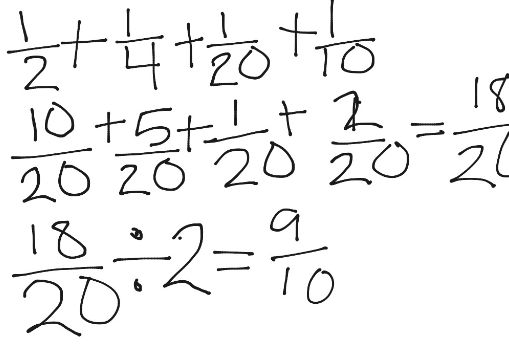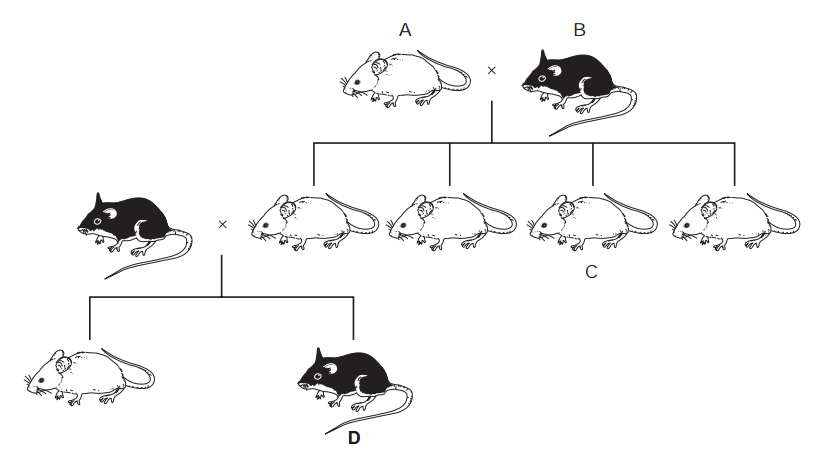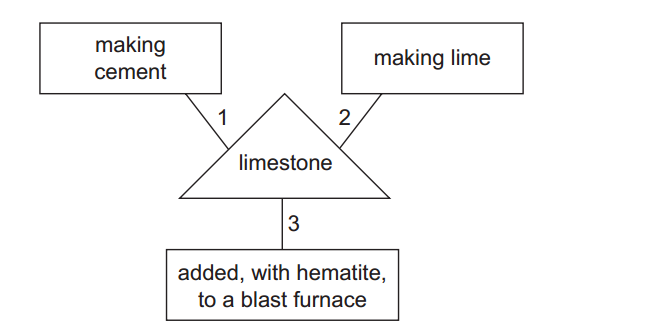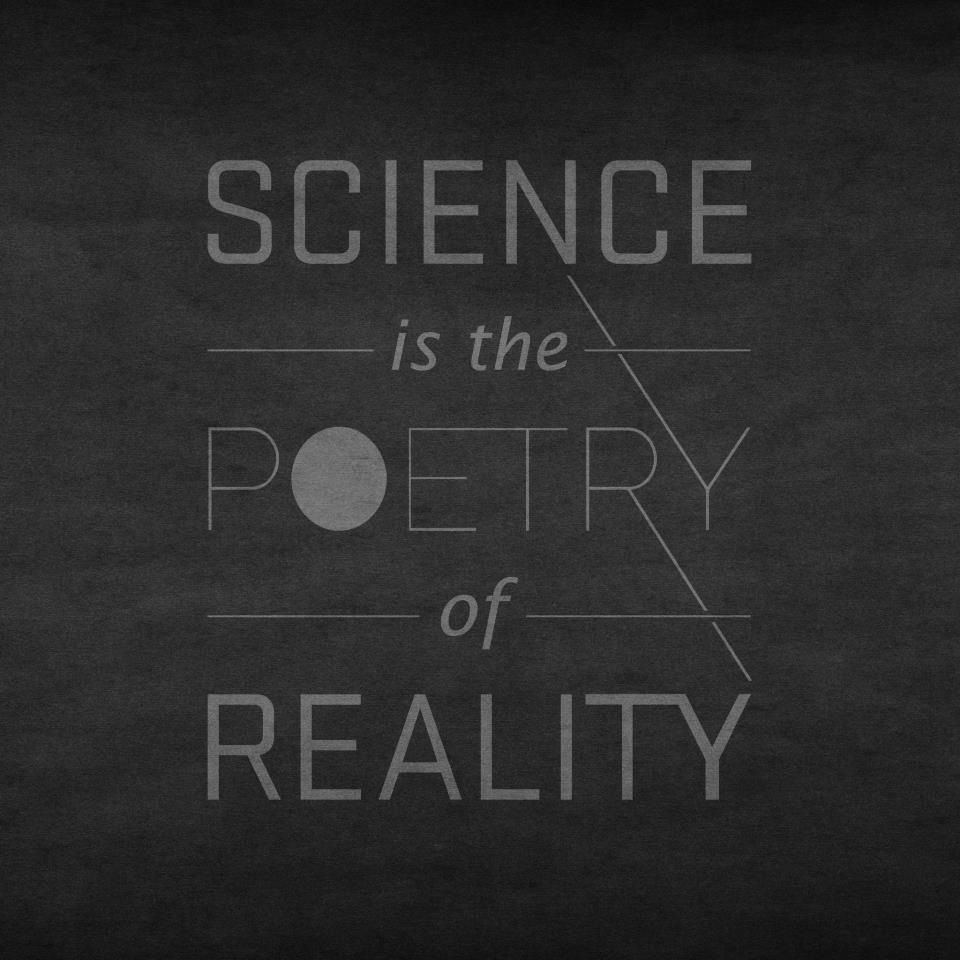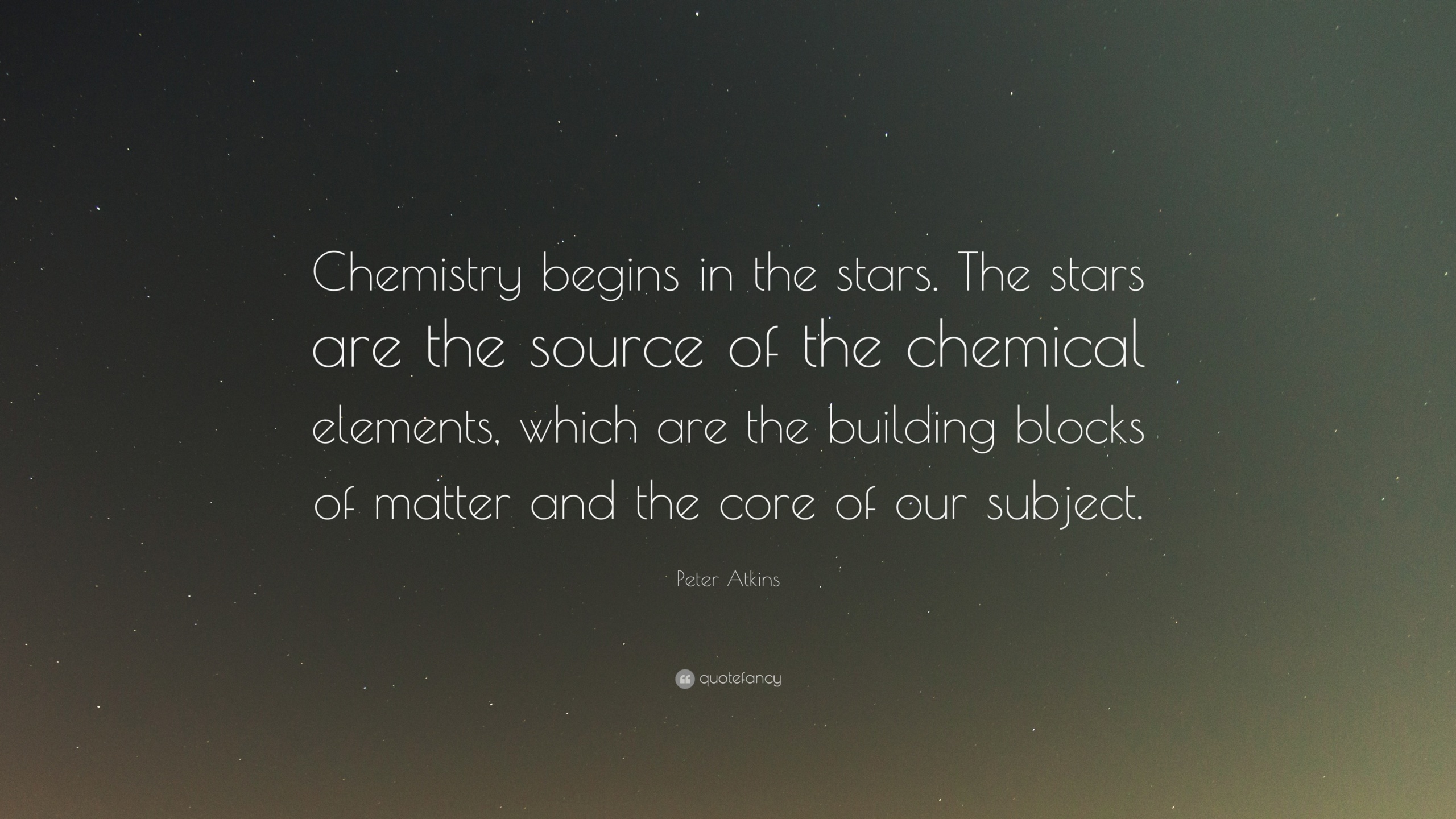Certainly! Here are 20 discussion questions related to molarity in chemistry:
- What is molarity, and how is it defined?
- How is molarity calculated?
- Why is molarity an important concept in chemistry?
- What are some common units used to express molarity?
- How does temperature affect the molarity of a solution?
- Can you explain the relationship between molarity, volume, and number of moles of solute?
- What are the differences between concentrated and dilute solutions in terms of molarity?
- How can you prepare a solution of a specific molarity from a given solute and solvent?
- What factors can affect the accuracy of molarity calculations?
- How is molarity used in stoichiometry and chemical reactions?
- What role does molarity play in determining the rate of chemical reactions?
- Can you describe some common laboratory techniques used to measure molarity?
- How does molarity relate to the concept of solution concentration?
- What is the significance of molarity in various industries such as pharmaceuticals and manufacturing?
- How does the concept of molarity extend to solutions involving gases?
- Can you discuss the limitations of using molarity to describe solution concentration?
- How does molarity differ from molality, and when is each concept more appropriate to use?
- Can you provide examples of real-world applications where precise molarity measurements are crucial?
- How does the concept of molarity relate to the behavior of electrolytes and nonelectrolytes in solution?
- In what ways can molarity be used to investigate and understand colligative properties of solutions?
These questions should provide a solid basis for discussions about molarity in chemistry, covering both theoretical concepts and practical applications.








